Ep. 37: A Drunken Dream and Other Stories by Moto Hagio
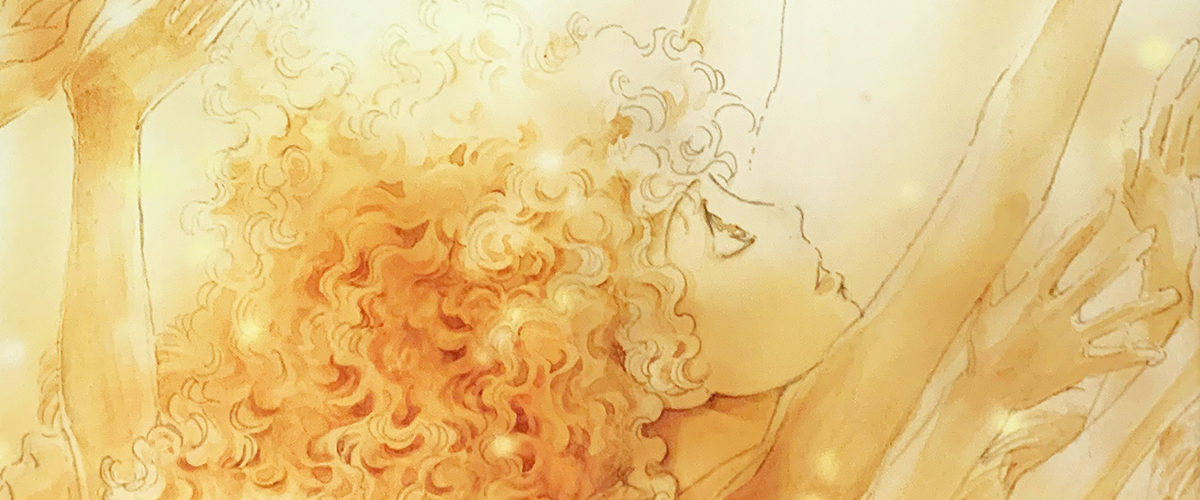
This week on Mangasplaining, Christopher leads the team through the classic shojo manga short story collection, A Drunken Dream and Other Stories by Moto Hagio, published by Fantagraphics. It’s a very special book, and leads to a BIG discussion about classic manga in general!
Powered by RedCircle
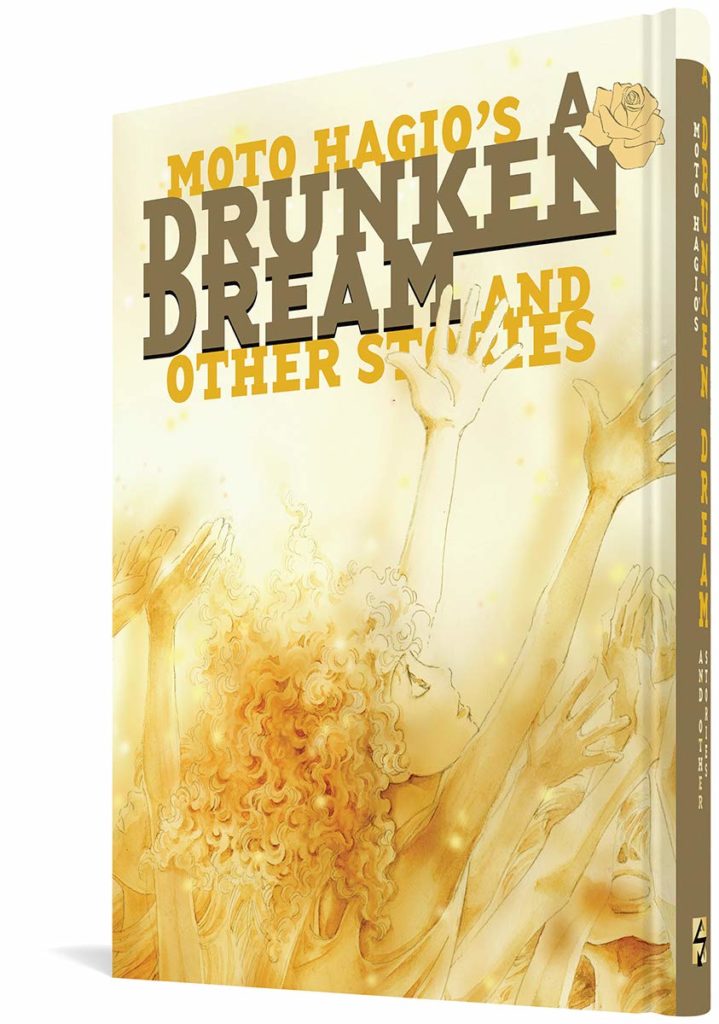
A Drunken Dream and Other Stories
By Moto Hagio
Translated and Edited by Rachel Thorn
Lettered by Rich Tomaso
Designed by Adam Grano
Show notes by Christopher Butcher with Deb Aoki. Audio editing by David Brothers.
Before We Get Started: Whooo boy, this is an episode and a half! We’re covering a TON of ground with this one, talking not only about the (excellent) work in question, but also the author, the history of shojo, the author’s extremely talented cohort of creators, the origins of BL, alternative Japanese manga, and so much more! We also discover a few interesting new things along the way, mostly about when the stories in this book were published (thanks to some internet sleuthing). We’re gonna do our best here in the comments to only present the final, best info, this episode, and we’re gonna do it here in the “Before We Get Started” Section, so you can refer back to it if necessary.
So What’s Sho(u)jo Manga?: Shojo Manga means “Comics for girls, from Japan.” Every episode is someone’s first, so hopefully this clears that up. As discussed previously on Mangasplaining, shojo manga was largely initially drawn by male artists following World War II, then eventually, young girls who grew up reading these stories began to create them. The shojo manga genre then underwent a revolution in the 1960s-1970’s, thanks to “The Magnificent 49ers,” referring to a group of women born in 1949 who grew up to be influential manga creators.
The Magnificent 49ers, better known as “The Year 24 Group” (referring to Showa Year 24, or 1949 in the Western Calendar), includes many famous female cartoonists including Moto Hagio, Riyoko Ikeda (Rose of Versailles), Keiko Takemiya (Towards Terra), Yasuko Aoike (From Eroica With love), and many more. Today shojo manga, and its counterpart for older female readers, josei manga, is almost exclusively created by female cartoonists, for an almost exclusively female audience.
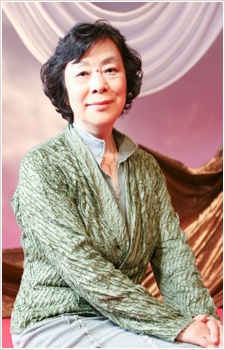
About Moto Hagio: Moto Hagio (May 12, 1949-) was born in Omuta City, Fukuoka Prefecture.She is a member of The Science Fiction & Fantasy Writers of Japan, and The Japan Cartoonists Association. Her works that are at least nominally in print in English include The Poe Clan, The Heart of Thomas, Otherworld Barbara, A, A’ and the recently published cat manga Lil’ Leo, in addition to the short story collection A Drunken Dream and Other Stories. In addition, her long out-of-print collection They Were Eleven will be re-released in a new edition in 2022 by Denpa Books.
In 1997, Hagio became the first recipient of The Osamu Tezuka Culture Award Grand Prize for her work A Cruel God Reigns (untranslated). In 2006, she was awarded the 27th Nihon SF Taisho Award for Otherworld Barbara. She won the San Diego Comic-Con Inkpot Award in 2010, and in 2012 she became the first shojo manga artist to win Japan’s Medal of Honor with Purple Ribbon, in honor of academic or artistic achievement.
Index of Stories in A Drunken Dream and Other Stories
The stories in this volume were chosen by Rachel Thorn to be an introduction to Moto Hagio for English readers, with the input of Hagio’s Japanese fan-club(!). Here’s where and when they first appeared. Please note: We mentioned a NUMBER of different dates for this material during this episode, due to some confusing copyrght info in the physical book. The list below is accurate, please refer to this any time we mention a date. Sorry!
- “Bianca” – 1970, Shojo Friend Magazine Special Issue No.5
- “Girl on Porch With Puppy” – January 1971, COM Magazine (gekiga/seinen manga magazine)
- “Autumn Journey” – October 1971, Bessatsu Shojo Comic
- “Marie, Ten Years Later” – March 1977, Big Comic Original (seinen manga magazine)
- “A Drunken Dream” – 1980, original short story
- “Hanshin: Half-God” – January 1984, Petit Flower
- “Angel Mimic” – November 1984, Petit Flower
- “Iguana Girl” – May 1991, Petit Flower
- “The Child Who Comes Home” – 1998, Child – Igyou Collection No. 7 – (Children’s Magazine)
- “The Willow Tree” – May 2007, Flowers (josei manga magazine)
- The Magnificent 49ers (Essay) by Rachel Thorn, from The Comics Journal #269 (July 2005)
- The Moto Hagio Interview, by Rachel Thorn, from The Comics Journal #269 (July 2005)
I personally enjoy that the stories in this book were presented in a strict chronological order, to really let you appreciate how she developed as a manga creator.
This Book Is Actually In Print (!!)
So we checked with Fantagraphics, and YES, this book was reprinted just this past summer! BUT! Both Amazon in the U.S.A. and Chapters/Indigo in Canada just… never reordered it? You know who has copies, and can order a copy for you? Comic Book specialty stores. Seriously, I just checked, it’s in stock right now, in a new edition. Check it out! As your local shop to order it for you.
For deeper reading
Why not fall down the same Moto Hagio Wikipedia Rabbit Hole that I did? Start here, and then click on The Year 24 Group, A Drunken Dream, and so much more. The introduction and interview included in the book are great starts for terms and names to pop into Google. There’s a whole world to explore…!
00:00 My intro is… very long this week. I really didn’t wanna mess this one up, and wanted to give as much of an overview of Hagio and her work as I could (as you can see above), to set the scene for our discussion. Thanks very kindly to my co-hosts for indulging me on this front.
03:00 I hope I conveyed just what a shock this was, TCJ dropping this shoujo manga bombshell after near-radio-silence on manga from the Journal, and mainstream comics completely ignoring shoujo comics that had become a force to be reckoned with thanks to Tokyopop, and later VIZ Media. It was a game-changer. Thanks to Dirk Deppey for this. Also worth noting, “Hanshin,” Chip’s favourite story from this volume, was also translated and published in that issue of The Comics Journal.
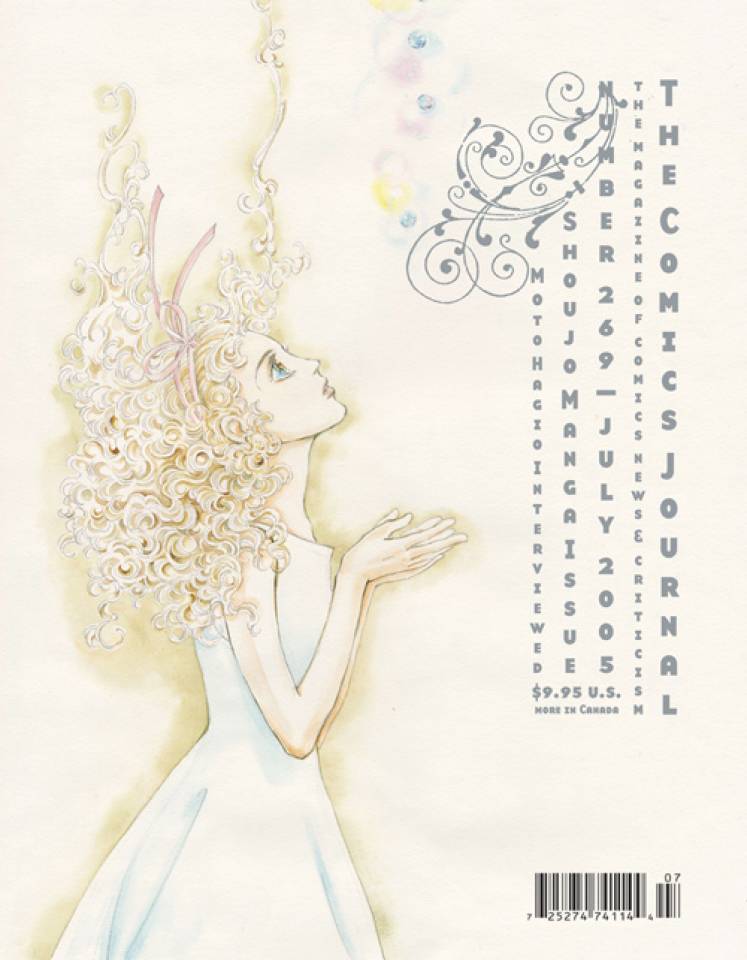
05:45: Kyoto Seika University, where Rachel Thorn is a professor living in Japan, actually has a FACULTY OF MANGA, teaching both the creation of manga AND manga history. So cool! You can read a little bit about it here. Also worth noting? Keiko Takemiya is also a professor in the Comic Art course, and many manga-creators visit. https://www.kyoto-seika.ac.jp/eng/edu/manga/
07:51: He only cut a minute. 😉
08:00: No, they did NOT read the interview and the article. To come clean, I only got half way through the interview before I had to give the book to Chip, but I did re-read the introduction. And I read the whole thing back in the day. So I’m probably safe. 😉
10:15: Here’s the info from the Fanta Website again, it is amazing.
“Moto Hagio has been reinventing shojo manga (Japanese comics marketed at 10-18 year-old girls) since 1969. Unconstrained by boundaries of genre, she has sculpted a career characterized by intellectual curiosity, psychological authenticity, and an aesthetic sense that has often been at odds with a shojo manga mainstream littered with Sailor Moon knockoffs and sub-Harlequin-romance clichés. Now, for the first time in English, we offer a Hagio primer, a selection of short stories spanning four decades of groundbreaking work — 1971-2007 — by an artist who is working at the peak of her creative powers.”
– Fantagraphics
11:30: It’s worth noting that VIZ did publish both They Were Eleven (incomplete) and A, A’ back in the mid-90s, but they were long out of print by the time the shojo manga issue of TCJ came around in 2005, let alone by 2011 when A Drunken Dream… was published.
13:20: It’s really interesting that David mentions he had a hard time getting this work until he got to the horror story. It isn’t until the end of this episode that we really dig into the idea that these short stories span not only magazines, but genres, and decades. He really did think that the whole book was gonna be English Boarding School shenanigans, like pastoral country family secrets, sort of like the third story, Autumn Journey.
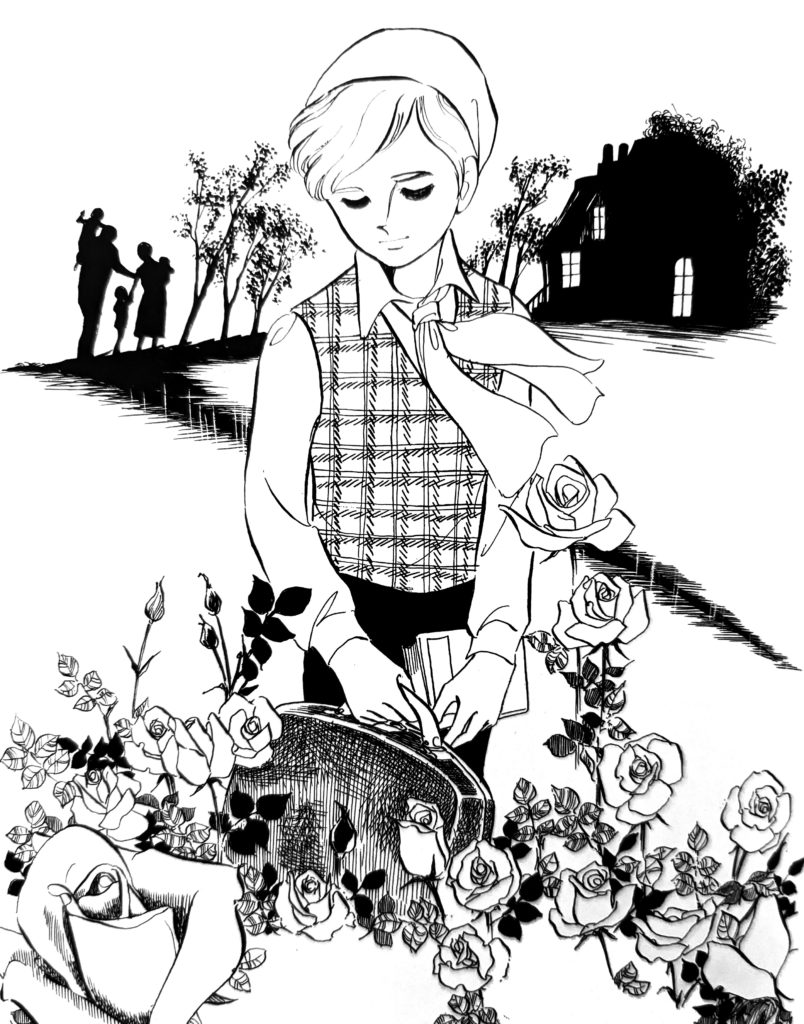
14:30: BIANCA!
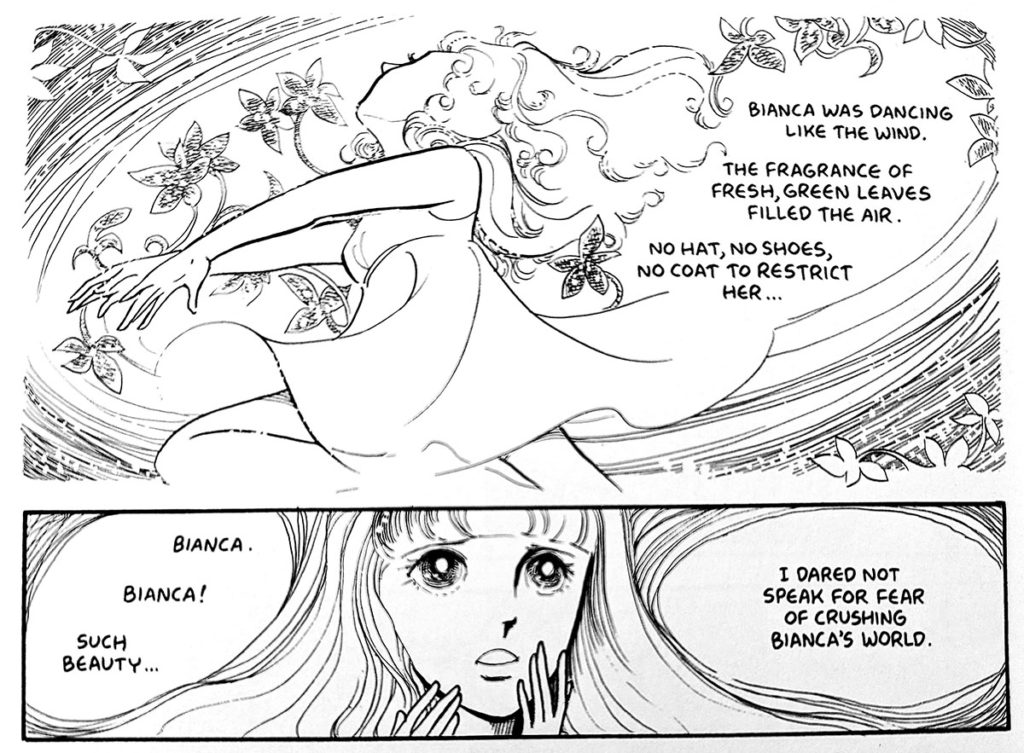
16:36 Chip mentions that the character designs for Girl on Porch with Puppy looks like Gahan Wilson designs. Here’s a cartoon by Gahan Wilson:
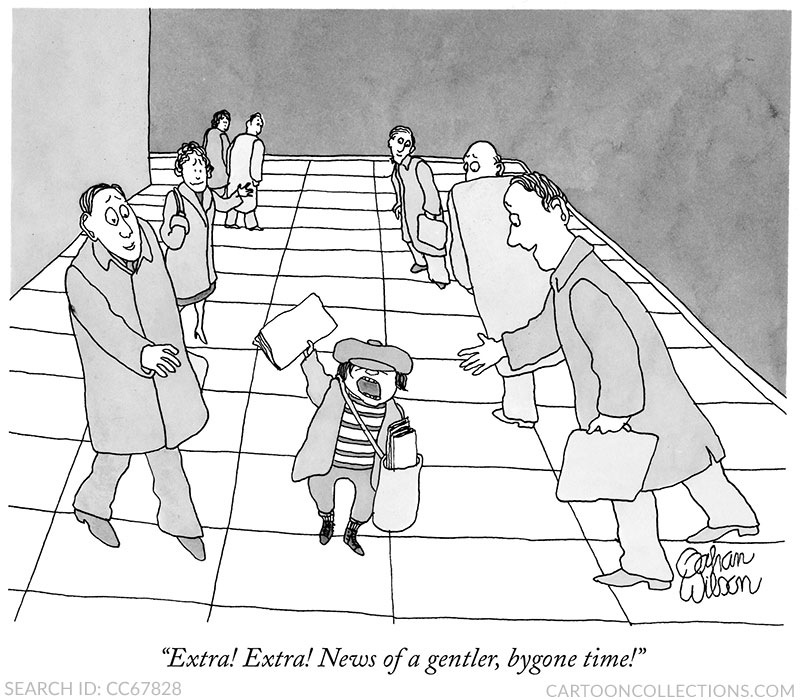
And here’s a page from Girl on the Porch.
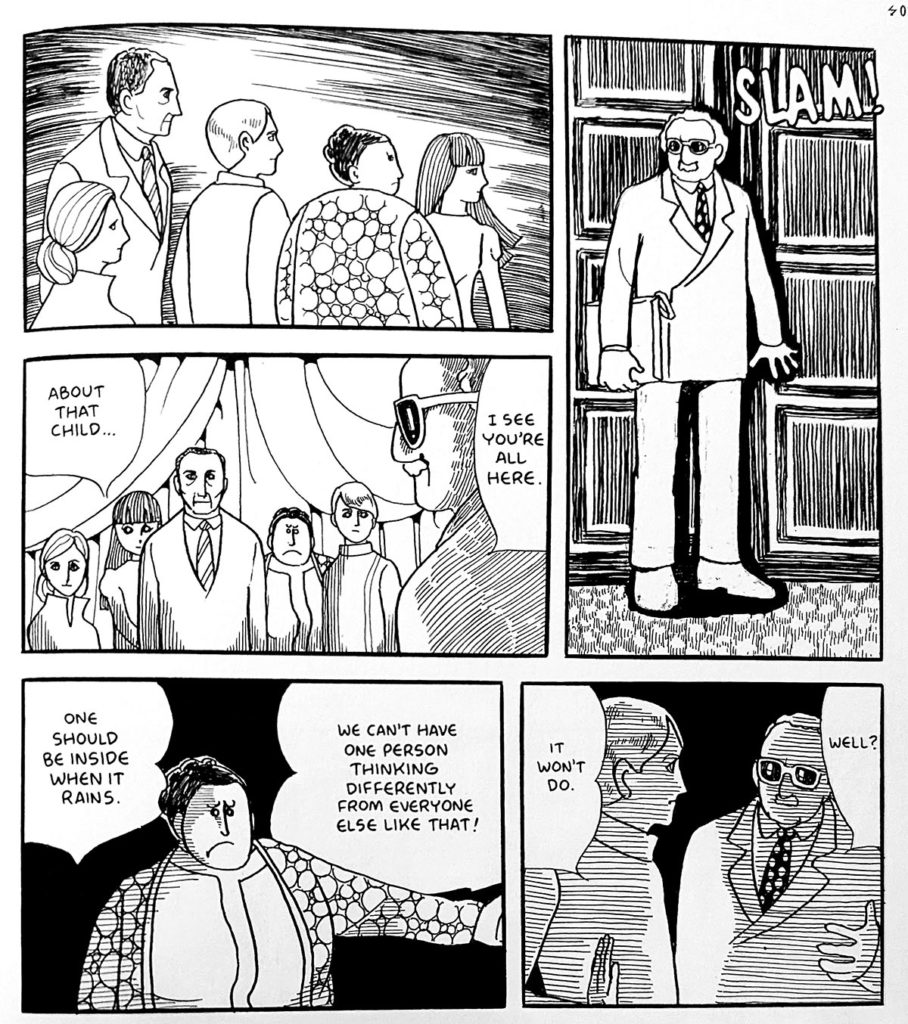
I can totally see it.
…and since we all got a chuckle out of it, here’s the dog floating in the air at the end, which is hilarious.
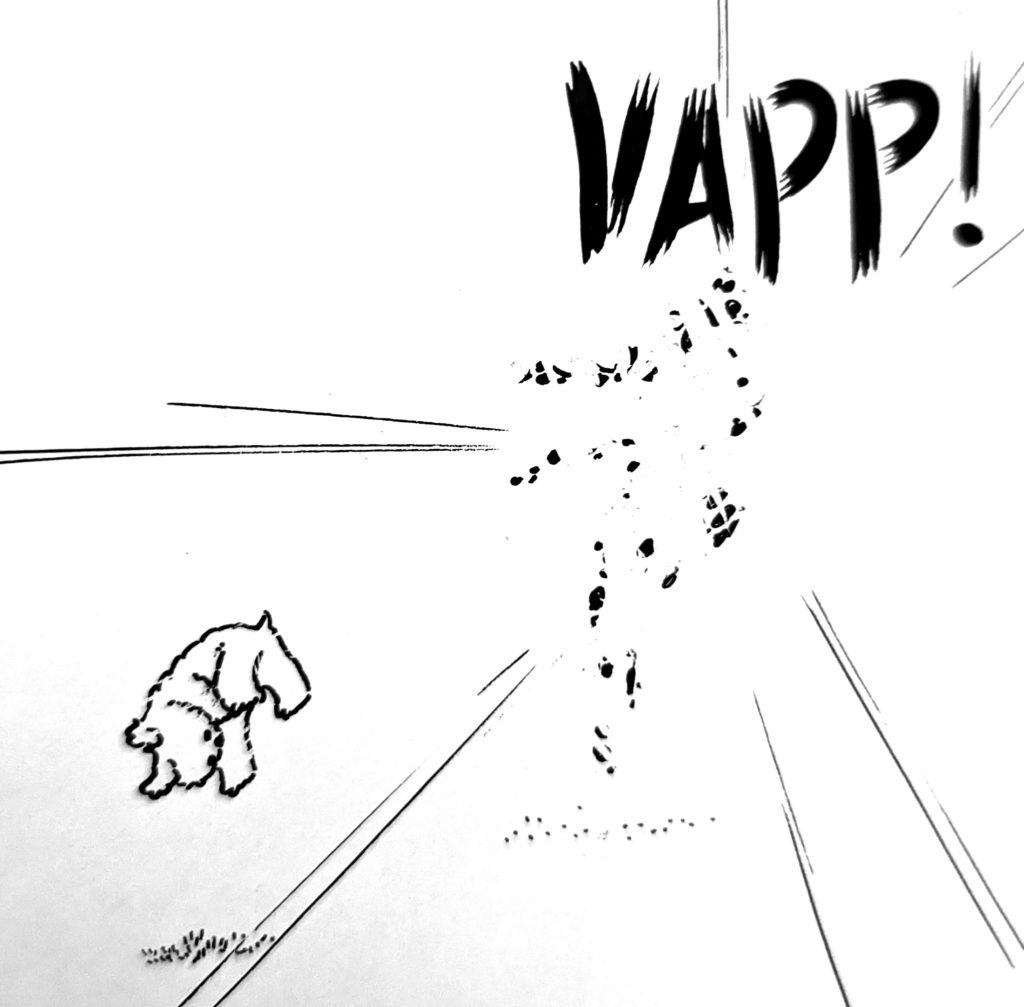
17:45: If there’s one takeaway from this episode, it’s that the story Iguana Girl is a masterpiece of storytelling, totally excellent as both a stand-alone piece and as a piece in this book. I think my whole tangent here is actually what I actually think, but Iguana Girl is still totally excellent.
Actually, I can’t back this up because Google is failing me, but I’m about 80% sure that when this project was originally being discussed/announced, it was going to be called “Iguana Girl and Other Stories”, but someone decided along the line that the alliteration of “A Drunken Dream” made a bit better copy. That’s a very long time ago now, though, so I might be misremembering. Maybe Rachel Thorn remembers…?
21:24 You can really tell that I didn’t have a copy of the book in front of me during this episode… -___-; “The Sci Fi one” to which I am referring is the titular short story, A Drunken Dream.
Over the next few minutes we talk about the sci-fi work of Hagio’s contemporary Keiko Takemiya, To Terra, and the sci-fi work of Leiji Matsumoto. David comes back to it pretty specifically. So I wanted to show you what I was thinking of when I think of ‘70s and very early ‘80s sci-fi manga.
So here’s a couple of pages from Moto Hagio’s short-story, A Drunken Dream.
And here’s a couple pages from Keiko Takemiya’s To Terra.
[Deb:] To Terra was published by Vertical as 3-volume series in 2007. The print edition is out of print and a bit pricey, but is available as a digital release via online subscription service Manga Planet as Toward the Terra.
I think Deb does a good job of explaining what I was getting at, the time taken to show more emotional, quiet moments in this sort of manga. I absolutely don’t think it’s plagiarism or anything similar (we get into that later). Leiji Matsumoto is really good at that too.
26:30: Any excuse to pop this in. I think this is the third time.
27:30: Here Deb puts out a recommendation for Otherworld Barbara. It’s a dense read, and the many twists that the story contains are not always easy to understand. I think I read the first chapter one time and put it on my “gotta get that one day” list, but I was waiting until I got through Poe Clan. Perhaps that will have to go first…? Both volumes (the complete series!) of Otherworld Barbara are in print and available from Fantagraphics. Hagio’s other sci-fi work, Marginal, remains untranslated.
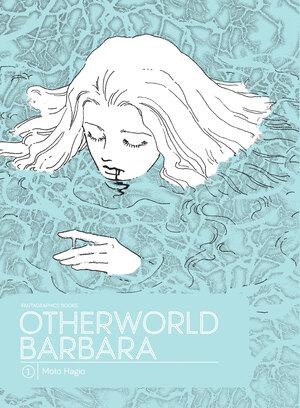
28:25: Sometimes you can let a huge idea just be a short story.
28:45: No, he doesn’t.
29:20: So yeah, Moto Hagio and Keiko Takemiya apparently do NOT get along. It’s funny, in the interview that’s included in A Drunken Dream, Hagio wavers between neutral and complimentary of Takemiya, but it’s never warm. But they were friends, and Hagio worked for Takemiya as an assistant at the beginning of her career.
The memoir that Deb is mentioning that Hagio released was so juicy that Anime News Network actually wrote about its release! https://www.animenewsnetwork.com/interest/2021-05-18/moto-hagio-publishes-memoir-addressing-her-feud-with-keiko-takemiya/.172887
I could just rephrase that article, but like, give ANN a click, they’re doing good work.
I will say that it’s interesting that in that memoir, Hagio “Downplays her role in the establishment of the shonen-ai genre” (which became yaoi and BL/Boy’s Love). Even in the interview between her and Thorn in A Drunken Dream, she’s pretty clear that the two-boys-in-love thing was way more Takemiya’s bag, and the aesthetic of real gay life was not to her taste. I don’t necessarily think this is offensive or homophobic or anything like that, maybe just trying to express some clarity and a desire to separate herself from someone she… does not care for. That said, expressing that you’re not into two real dudes fucking, but you’re into this light aesthetic emotional situation with two gentle young men finding each other… is actually right at the core of BL Manga. Sorry, Hagio-sensei, you’re on the hook for a pretty big part of that.
Lol.
30:18 Page 111 – Does this look like a drawing by Ai Yazawa from Paradise Kiss to you? From Hanshin. I think so, I think it’s very clear that Yazawa-sensei has read the classics.
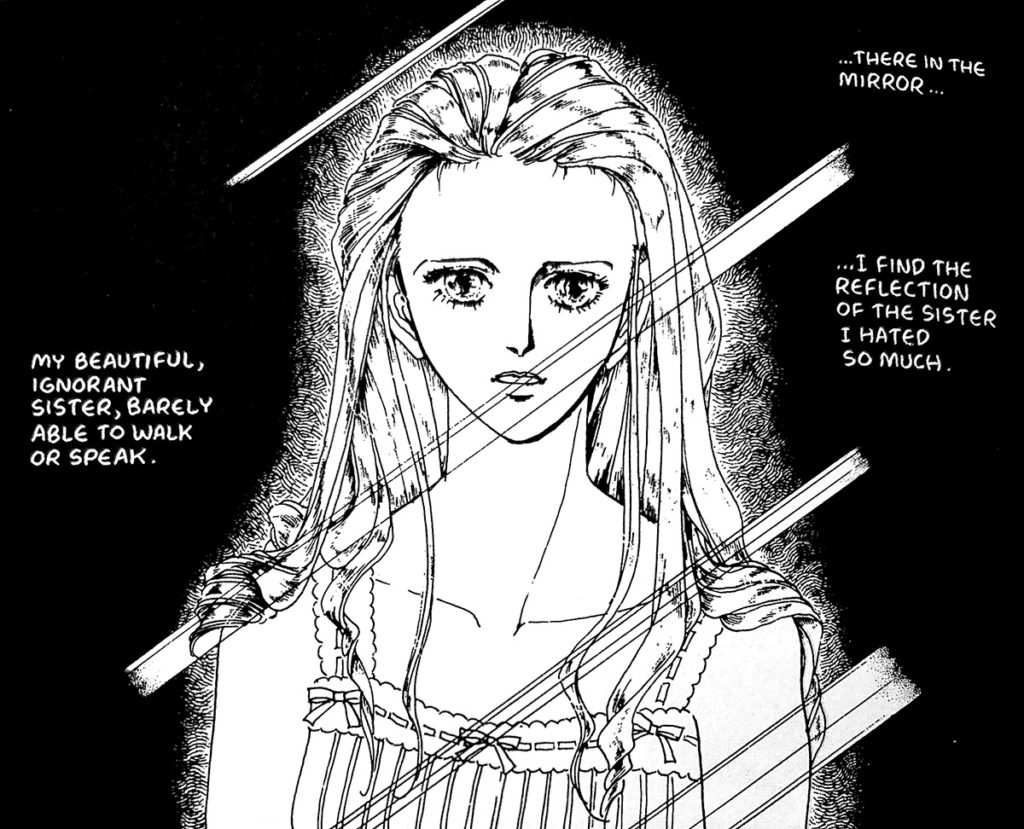
33:26 Page 107, the hallway scene is poorly drawn. Chip’s right, the perspective is… not good. But I think we all agree this is one of the book’s strongest stories.
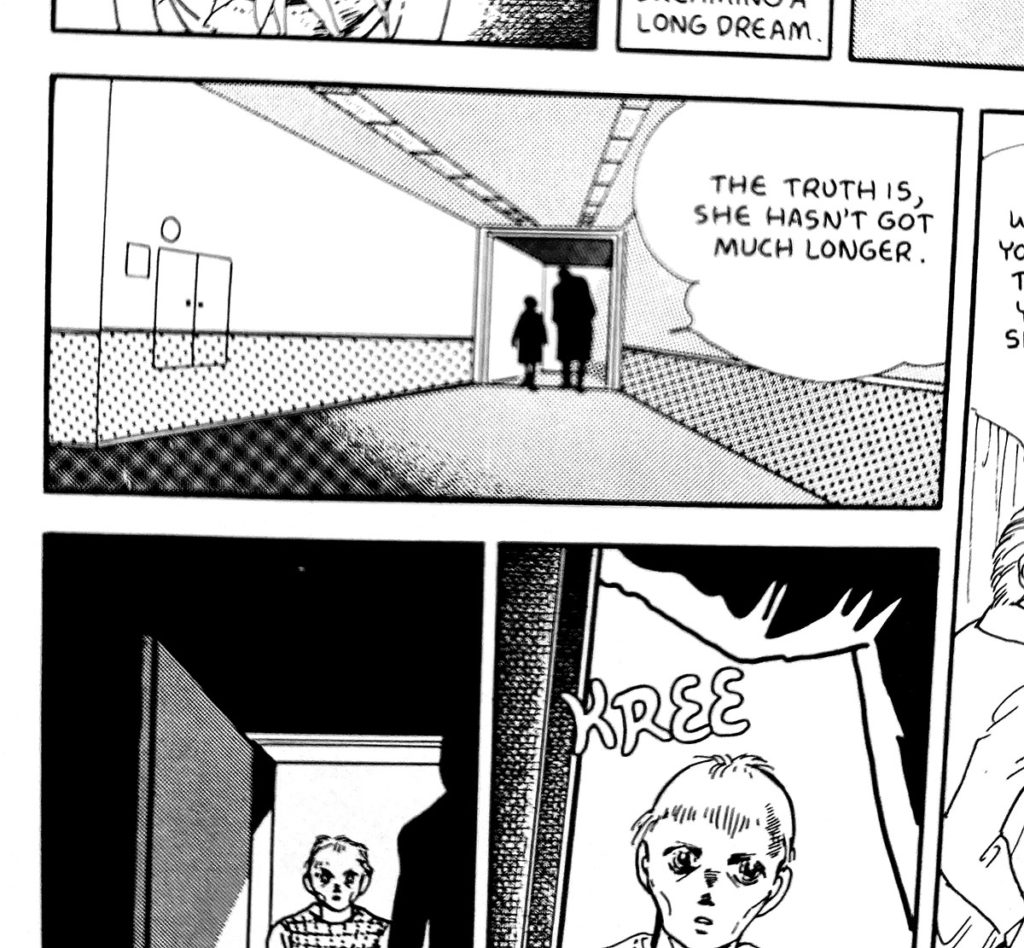
34:15 So, actually, as mentioned above these stories weren’t all drawn in the same year. The list of copyrights in the physical volume A Drunken Dream… refers to the most recent copyright date, but the original publication dates are the ones listed in the index above.
38:25 Hagio’s difficult relationship with her mother is on full display in the interview contained within this book. It’s pretty wild.
38:50 Yeah, the Twilight Zone one we cited earlier in the episode, ran in COM Magazine,
Let’s talk about COM.

So, as mentioned COM magazine was founded in 1967 as a response to Garo magazine, as a space for Tezuka and other artists to try their hand at gekiga manga. There’s almost nothing written on COM in English, perhaps because and the magazine was not received well at the time by the fandom of Garo, and the scholars that picked up the torch seem to be much more interested in the vision of gekiga/alternative manga presented by Garo, rather than the firmly ‘establishment’ work of Tezuka and co. It also died a pretty quick death, stopping publication in 1971 when the parent company went bankrupt (The ‘70s were rough for Tezuka — you can read more in The Osamu Tezuka Story, published by Stonebridge Press).
It’s interesting because in addition to Tezuka, the stand-out work is by-and-large considered Shotaro Ishinomori’s series Jun: Shotaro’s Fantasy World, a poetic manga that ruminates on the ‘big questions’ of existence. It’s a beautiful work, and there’s at least one volume that’s completely wordless, and that’s absolutely worth tracking down through imports if you can.
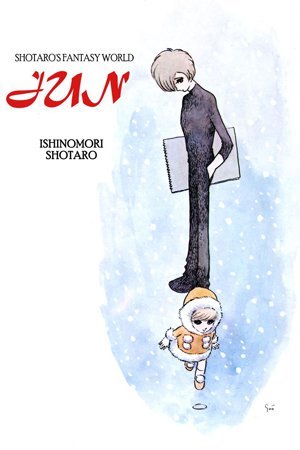
Other artists who were serialized or did short stories in COM, in addition to Hagio, Tezuka, and Ishinomori, included Fujio Akatsuka (Osomatsu-kun), Fujio F. Fujio (Doraemon), Leiji Matsumoto (Galaxy Express 999), and even the great animation director Osamu Dezaki. It’s funny though, even going through Japanese Wikipedia, their works for COM are almost never listed as ‘major works’. Perhaps this really wasn’t a very good magazine…
I will say though, that the list of young artists who got their start in COM, or got a very early break in their career, is an all-star list. Mitsuru Adachi (Cross Game), Keiko Takemiya (To Terra), Hideshi Hino (Hino Horror), amongst many others. Pretty cool.
Moreover, and this is wild I didn’t know this, but COM magazine’s “Reader’s Corner” section, which was called “Gura Kon”, was a pre-internet place where fans and aspiring manga artists could write in and talk to one another, and organize. When COM shut down in 1971, there was a desire for “Gura Kon’ to continue in a new format, and that new format became an organizing committee and a doujinshi/fan comics event, called “Comiket Market”, in 1975. Comic Market, or Comiket, continues to this day, and is now the largest comics event in the world.
Wow, that got off-topic. Here’s that statue at the Ishinomori Museum, where Ishinomori’s character Jun is drawing a portrait of his creator.
42:00: Ryan Holmberg, the foremost expert in English on Garo magazine can be found online at https://mangaberg.com/.
42:29 Obviously Sanpei Shirato and Legend of Kamui in Garo are kind of the exception that proves the rule to “starting as a response to mainstream comics,” imo. Shirato had a whole studio making Kamui by the end, and moreso when it relaunched at Shogakukan in the ‘80s. It becomes very clear, particularly as the magazine goes on, that many of the creators working in Garo are not necessarily ‘professional’ comic creators. Mr. Tatsumi told me once that he respected Garo, but he could never work for them because they didn’t really pay–many of his shorts ran in Japanese Playboy magazine and other venues. I know Ryan did a booklet-length essay on the first 10 years of Garo, I own that and it was a good read. I’d love to see something on the last 10 years, one day, because I’ve got a bunch of those and they are pretty wild.
[Deb:] Speaking of Sanpei Shirato — both he and his brother Tetsuji Okamoto (who was a creative collaborator on Kamui) died recently, within weeks of each other. You can read more on this at Anime News Network: https://www.animenewsnetwork.com/news/2021-10-26/manga-creator-brothers-sanpei-shirato-tetsuji-okamoto-pass-away-of-pneumonia-4-days-apart/.178839. This happened, of course, after we recorded this episode.
45:50 There really are some very cute drawings in Iguana Girl.
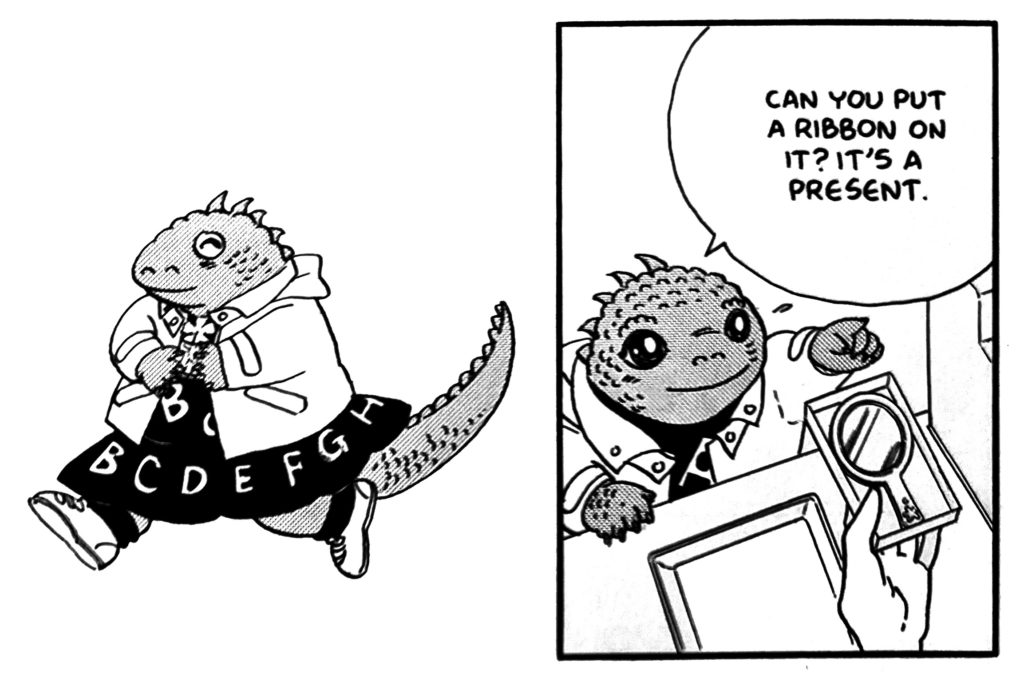
48:40 Here is the cute bull boy that Iguana Girl falls in love with:
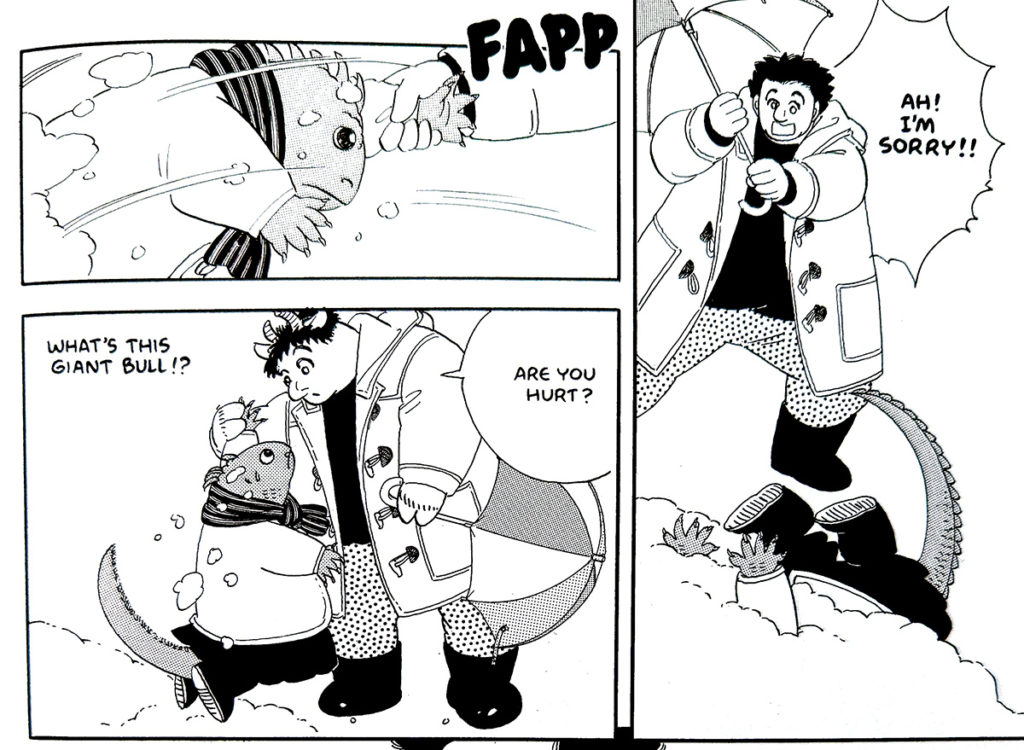
52:05 As mentioned above, Angel Mimic was published in 1984 in the shoujo manga magazine Petit Flower, published by Shogakukan. While it is technically a shojo manga, it ran some REALLY heavy, adult stories including Takemiya’s Song of Wind and Trees and Hagio’s A Cruel God Reigns. It’s interesting that when Petit Flower magazine was cancelled in 2002, it was relaunched as the josei manga magazine Flowers. While josei manga magazines had been around since 1980, the genre didn’t really explode in popularity until the end of that decade. I’d imagine that there were quite a few ‘older shojo’ magazines (which we’ve encountered on this podcast before, during our review of Yakuza Lover) making work like this. And seeing as its set in University (rather than high school or younger), it makes for an interesting read in the context of other shojo work!
And yeah, the fashion in Angel Mimic is a thing. Draped in Shawls!
And that’s what we had to say about A Drunken Dream and Other Stories…!
1:06:36 THE BREAK!
So this week we’re just picking books, no Q&A, but we’re doing some themed picks! We’re digging into the history of ‘classic’ manga with our next round of picks, since A Drunken Dream went so well. So here are our classic manga reads that we’ll be getting around to in December.
Just to torture Chip, all three of these titles are print-only, no digital available. Lol.
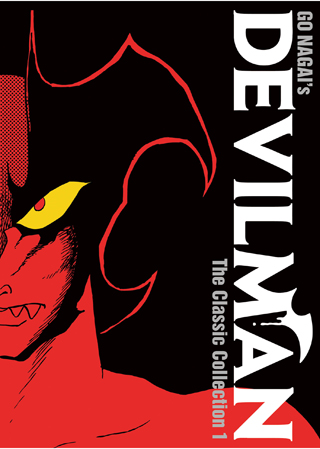
David picks Go Nagai’s Devilman Classic Collection Volume 1. It’s the story that was adapted into the hit anime Devilman Crybaby on Netflix. Apparently we will be able to tell whether we like it within 8 pages… and if we don’t, it’s 680 pages so it’s gonna be a tough fucking read. No digital edition available, but it’s in print from Seven Seas.
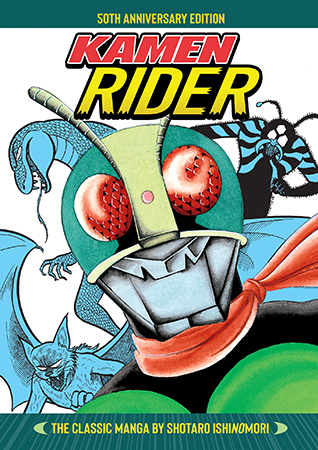
Deb picks Shotaro Ishinomori’s Kamen Rider: The Classic Manga Collection, also from Seven Seas. A massive tome of 1970s superhero action, from “The Jack Kirby of Japan!” Or maybe the Ditko without the objectivism? Either way, we have a history with Shotaro Ishinomori, so the pictures in the show notes for this episode are gonna be good.
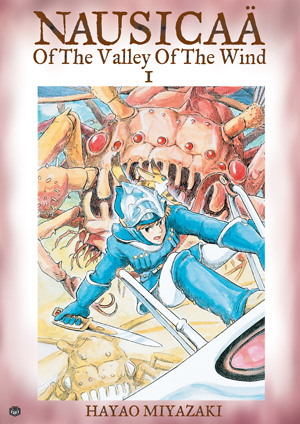
Finally, Christopher picks Hayao Miyazaki’s Nausicaa of the Valley of the Wind Volume 1, stretching the definition of classic manga. Available as a 7 volume paperback series, or as an all-in-one edition slipcased hardcover 2-volume set, it’s a heck of a nice-looking book either way. But will Chip actually like it? Stay tuned!
So that means that our upcoming episodes will look like this:
November 23: Raw Hero Vol 1, by Akira Hiromoto. Published by Yen Press.
November 30: Look Back, by Tatsuki Fujimoto. Published by VIZ
December 7: Vinland Saga vol. 1, by Makoto Yukimura. Published by Kodansha
December 14: Golden Kamuy Vol 1, by Satoru Noda. Published by Viz
December 21: Wotakoi: Love is Hard for Otaku Vol 1, by Fujita. Published by Kodansha
December 28: Gundam The Origin Vol 1, Published by Vertical Inc./Kodansha
January 4: Devilman Classic Collection Vol 1, by GO Nagai. Published by Seven Seas
January 11: Nausicaa of the Valley of the Wind Vol 1, by Hayao Miyazaki. Published by VIZ Media
January 18: Kamen Rider Vol 1, by Shotaro Ishinomori. Published by Seven Seas
And that’s it for this week’s episode! Thanks again for listening!
Find a comic store near you at comicshoplocator.com, or check your local library for print and digital lending options for manga!
Check out Mangasplaining theme song composer D.A.D.S. on Spotify.
See you next time. Sorry this was so late. -__-;
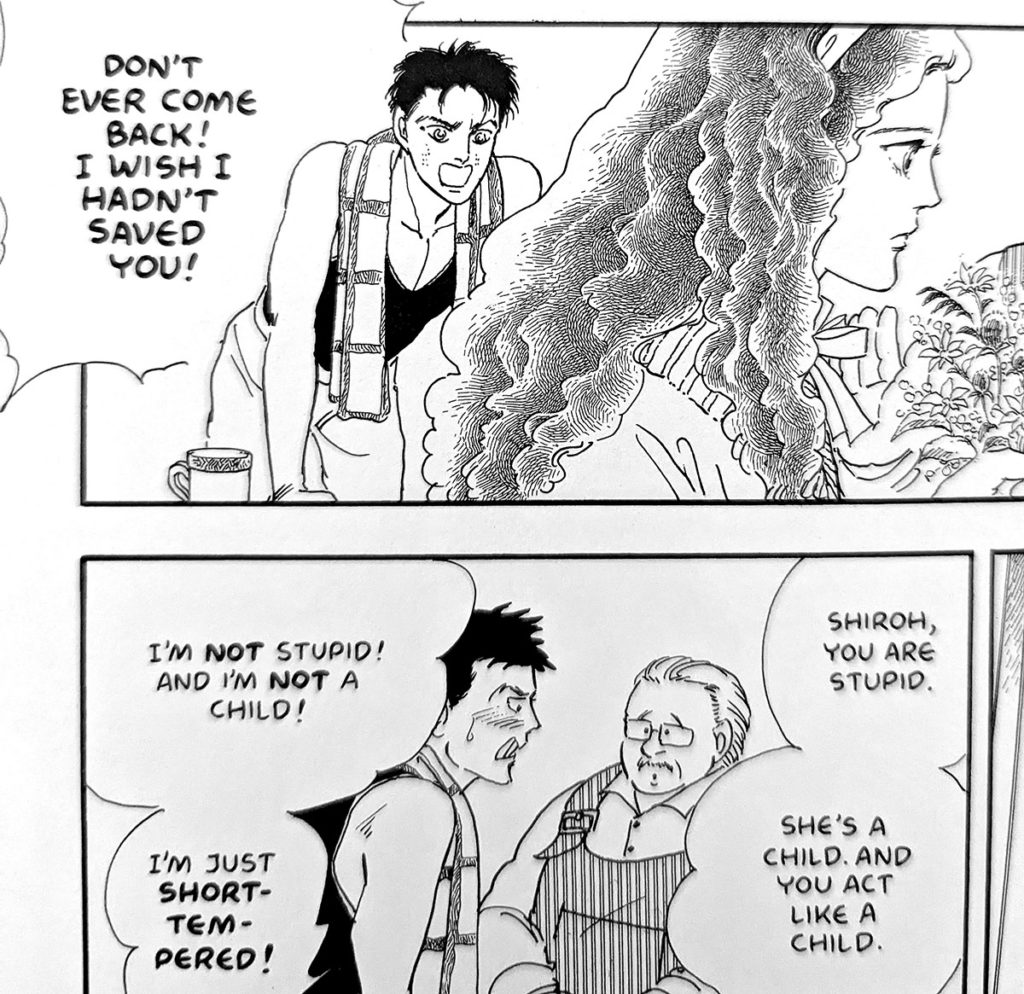
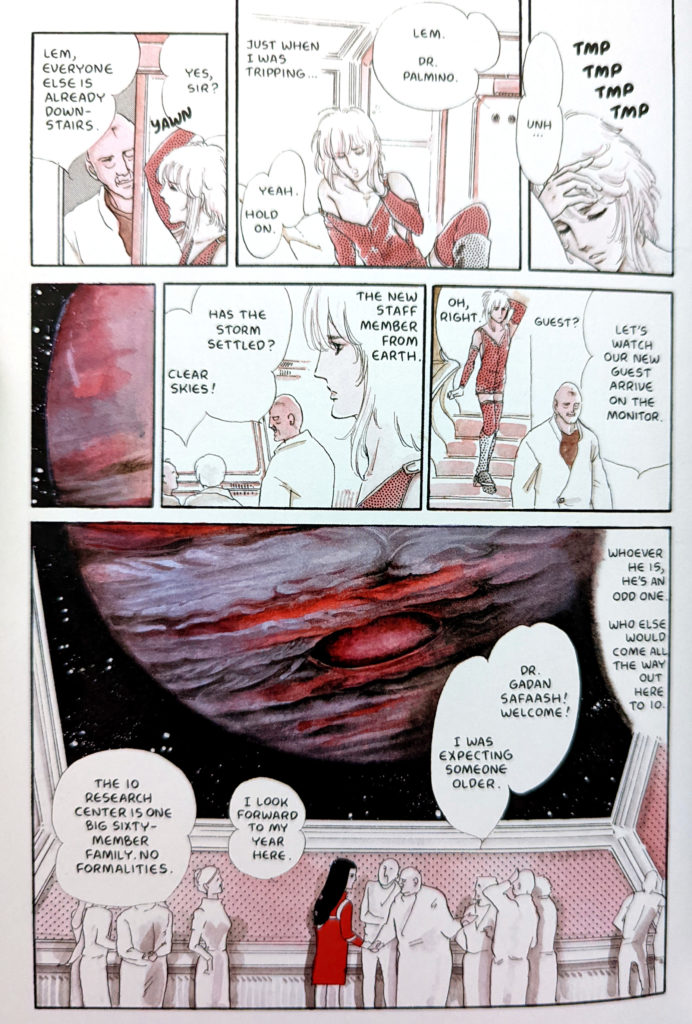
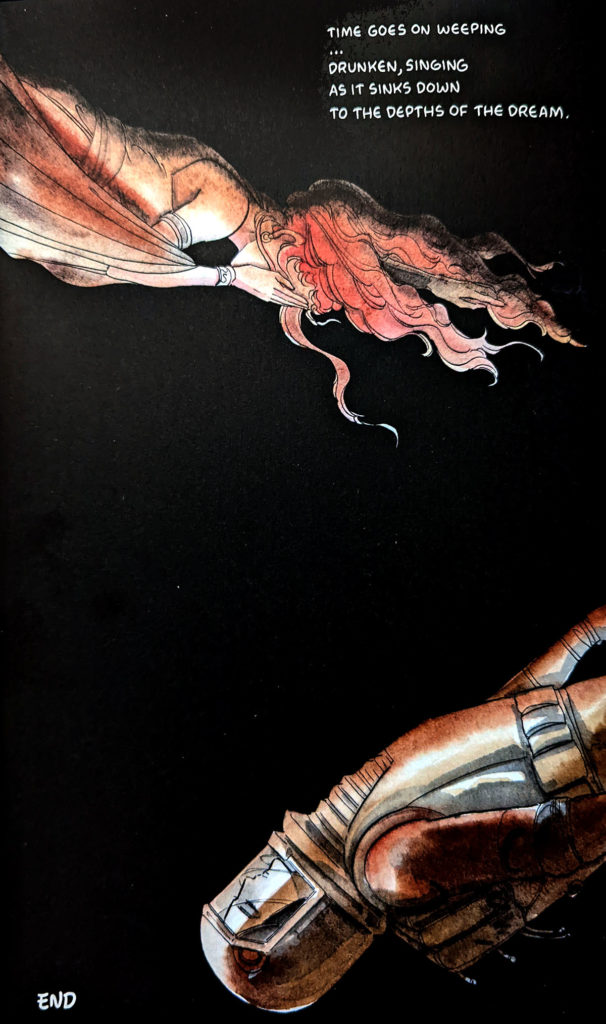
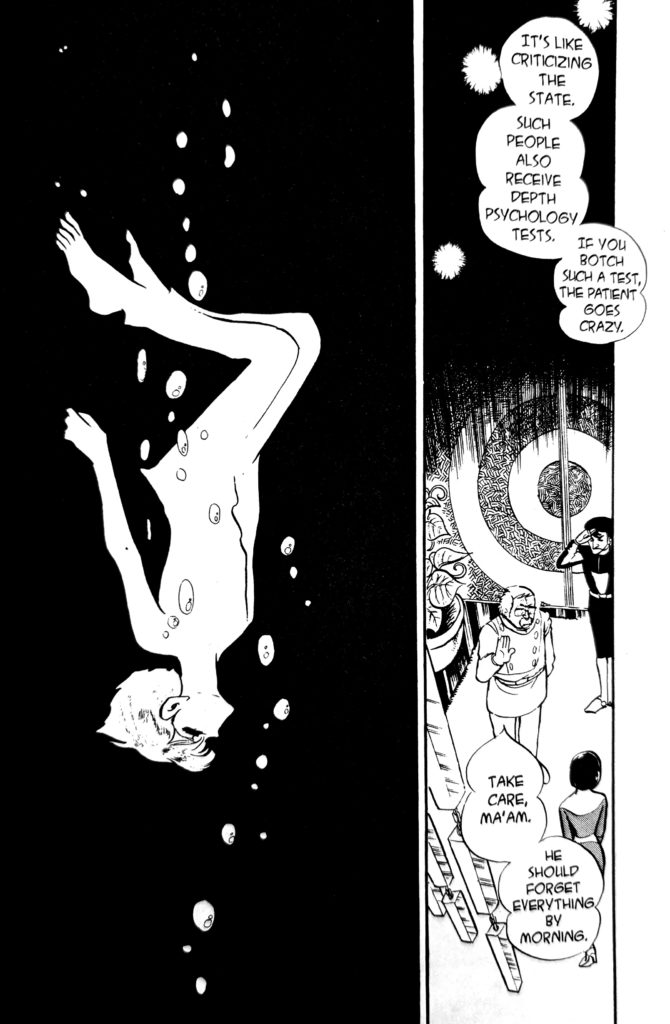
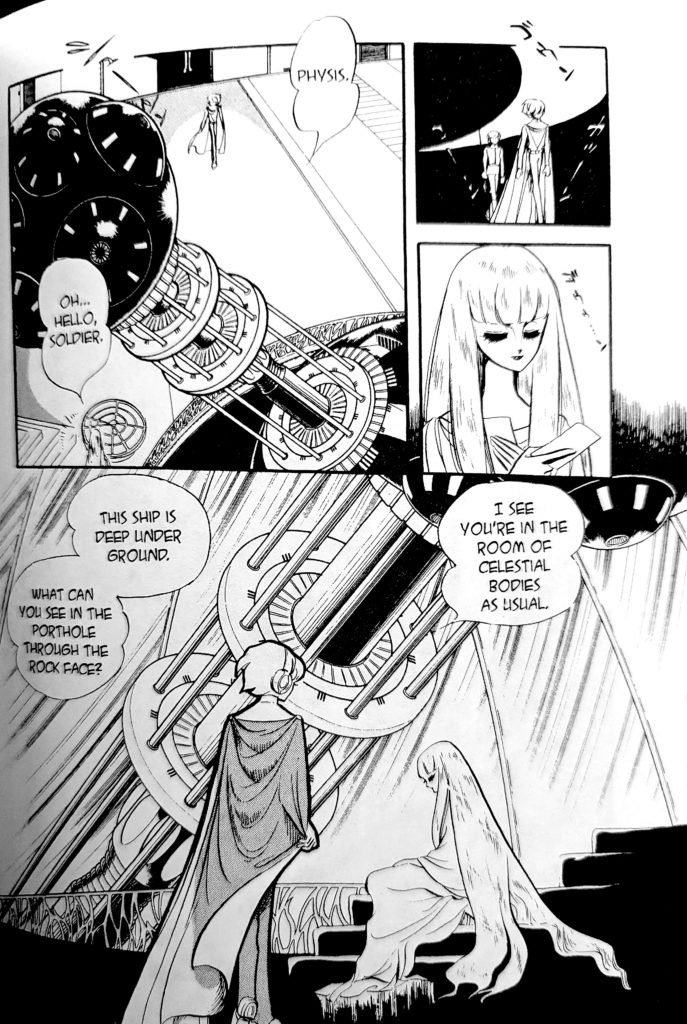
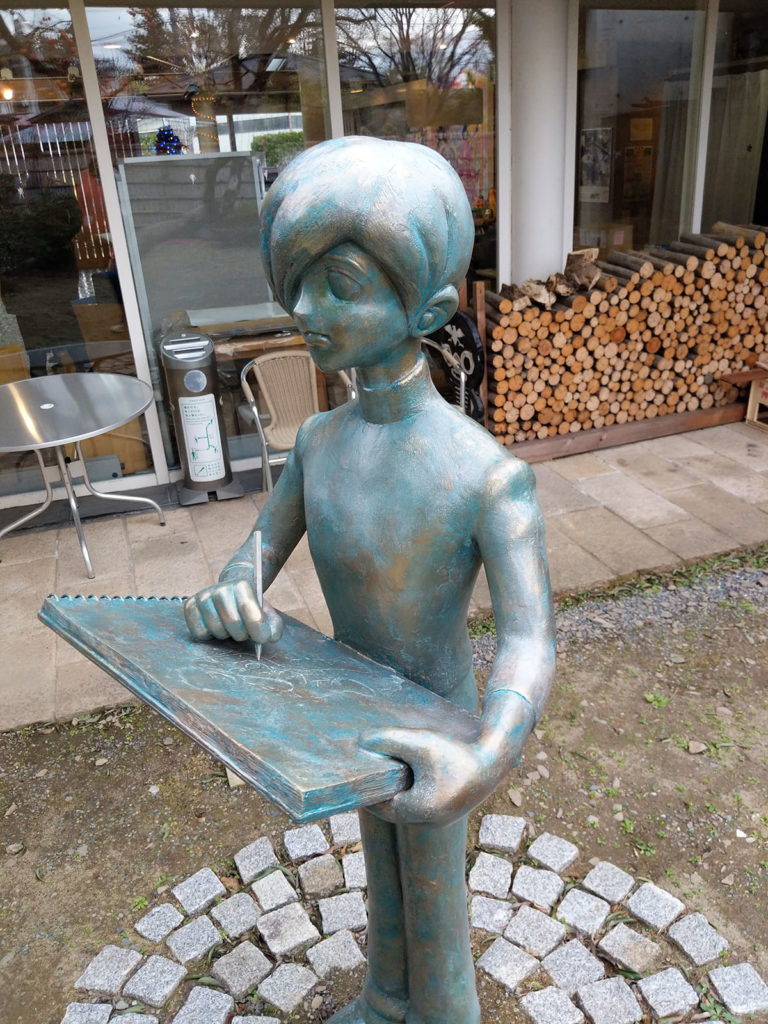
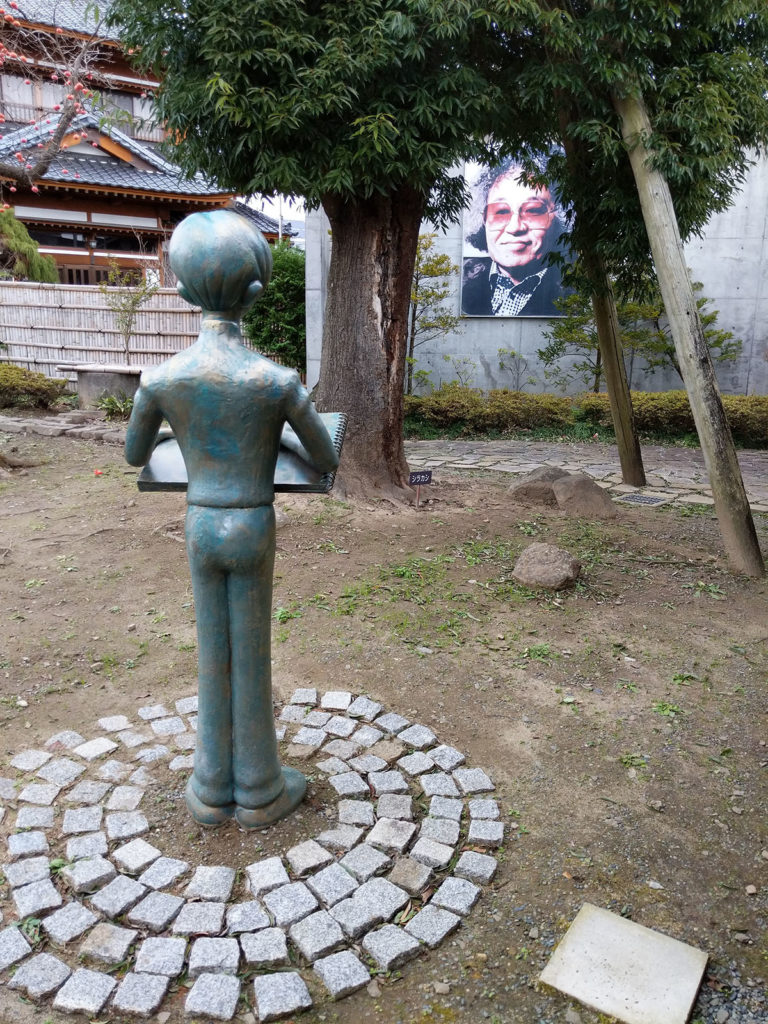
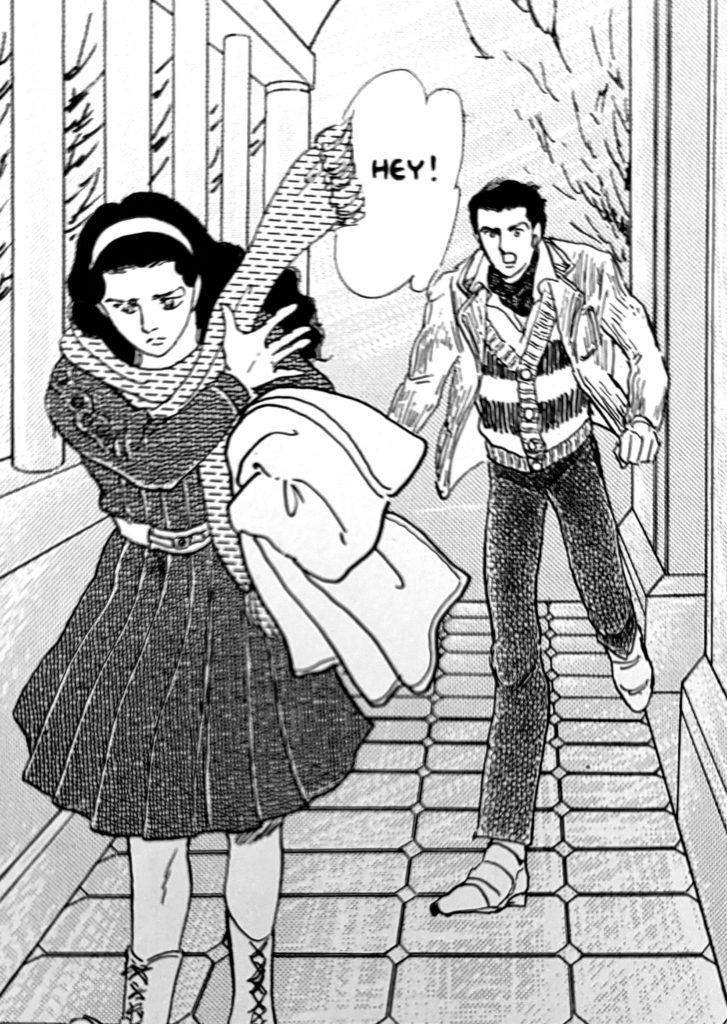
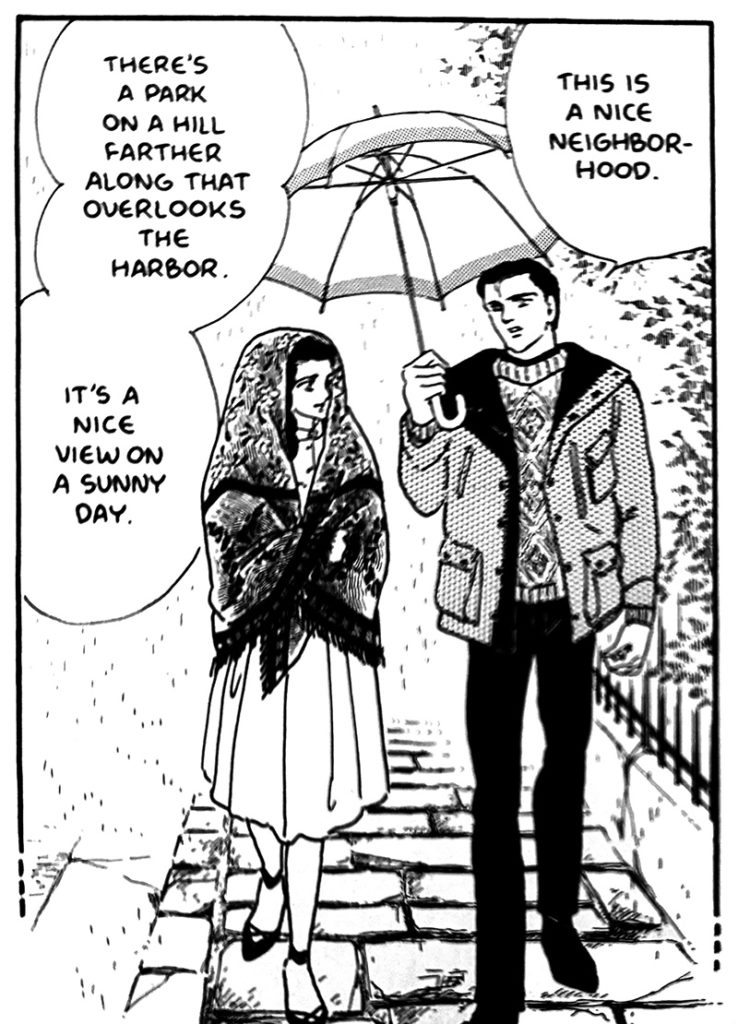
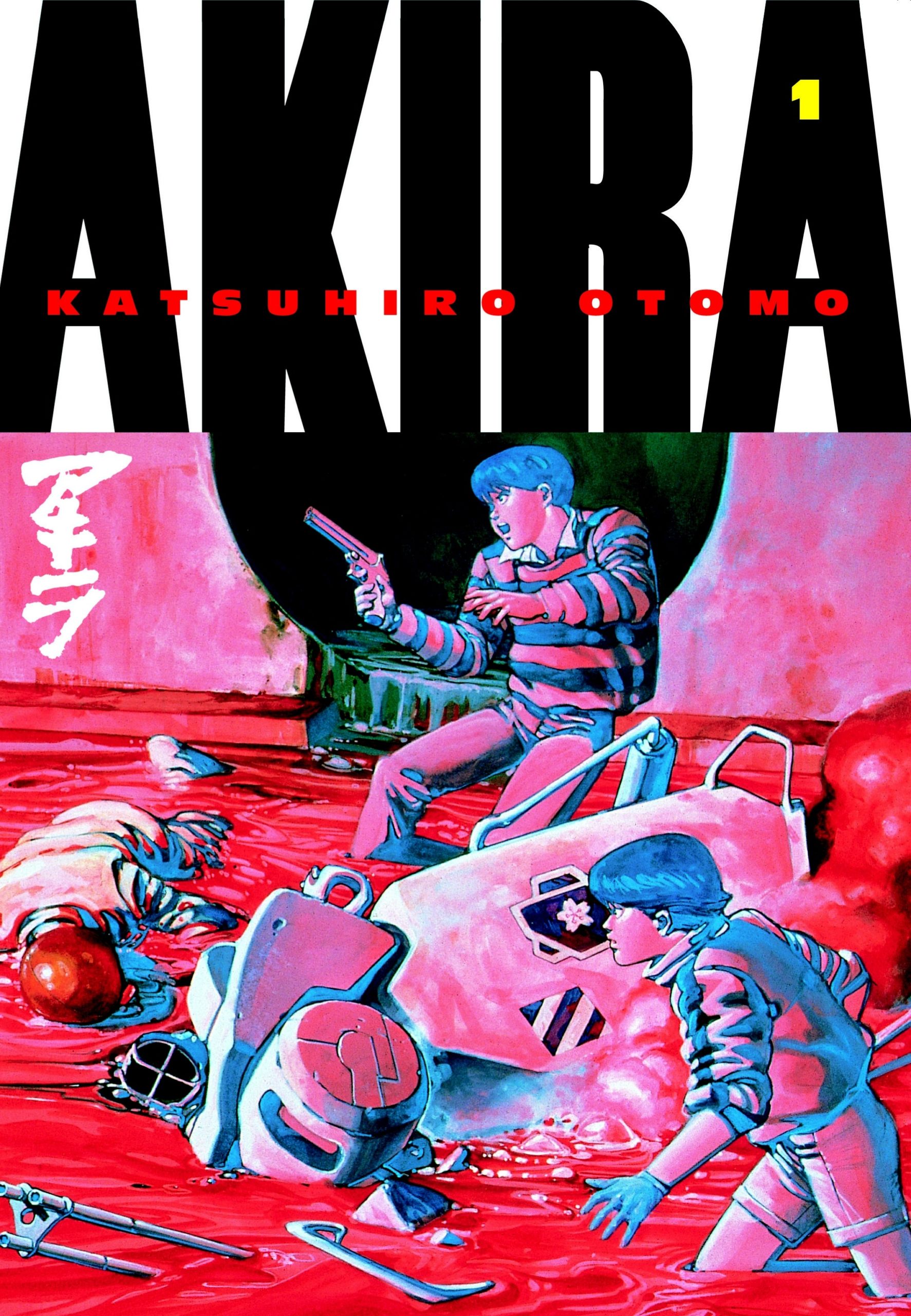
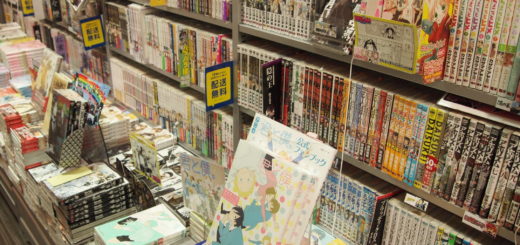
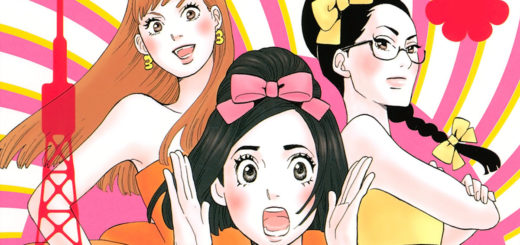
I’d been looking forward to this episode for a long time, and you all didn’t disappoint–supper enjoyable. And I have to warn that this is gonna probably be a long, rambling post as to my reaction to various things that came up in it. Nothing in my post here is meant to take away from how highly I recommend this podcast and how much I enjoyed it, it’s just a title and author I have a lot of personal connection to.
Moto Hagio is probably most responsible for getting me into manga, I was intrigued–I liked the studio Ghibli fansubs I had and watched Sailor Moon, but then when I was 14 I specifically went into my comic book store and immediately saw the just released Viz (Rachel Thorn) Four Shoujo Stories book which included They Were 11. I think within a year A, A’ came out (which sadly isn’t still in print, despite your post in these notes) which just cemented things for me (oh and also around this time–1998 I think–the first Pulp editions of Banana Fish started Viz’s slow translation of that great series as well–again initially translated by Thorn). This led me to other manga as more and more came out, but I knew that the manga that spoke to me most was Hagio as well as other shoujo mangaka from the same era and sought them out (being able to read some in French was a help) and did as much research as possible. So for the past 23 or so years I’ve had a lot of “thoughts”.
I remember when that shoujo TCJ issue came out–I had been a bit out of touch with manga and given up hope that we’d get any more Hagio ever, when I found out that the issue had come out earlier that year. It was just amazing to me at the time. The issue is still relatively easy to find, and I think it’s worth pointing out the Hagio interview is somewhat longer in it than what’s in Drunken Dream and they also have an incredibly thorough bibliography (well, up to 2005) which was a Godsend for me (now, of course, Hagio’s Japanese site has a very good bibliography as well but, obviously in Japanese).
In fact I used it initially to put the proper dates for each Drunken Dream story in Wikipedia, when DD came out (the info on those Wiki pages has since then been greatly expanded, I think largely by Rachel Thorn herself, so I don’t mean to take credit for what’s there now). When DD came out it *drove me crazy* to an unreasonable degree that there was no info in the book as to when the stories were originally serialized and where, just those confusing and odd copyright dates. And I actually read a few major reviews that did think those dates were when each work came out (I remember one being confused as to why some stories seemed so much less mature than others but were written after). The Fantagraphics Hagio books have been brilliant, but I think it’s a huge oversight that they don’t include that info anywhere in any of the books–especially as it’s relatively common now in other collections (Vertical does a good job of it with the Takemiya books, and Udon did an amazingly thorough job in their Rose of Versailles volumes, giving the issue date for each chapter–as does Denpa with Lil’ Leo, I just checked). I actually had a pointless fight with a manga translator friend who told me she didn’t think most readers cared about that kinda thing–well I do, so ha.
*So* I was thrilled when in the second half of this podcast you all got into that! Because I think it is so interesting and also important to get the most out of these manga.
I think it was Christopher who said Petit Flower was kinda “proto josei”–my friend who helps heavily with the manga museum in Japan and knows both Hagio and Takemiya (and she grew up reading their work in the 70s) has confirmed basically that–saying that by the late 80s (and in its current form as Flower) it basically is josei. When it was created in 1980, josei didn’t exist and the new form of “ladies comics” basically meant erotic works. When editor Junya Yamamoto (who Rachel Thorn and others have called an honourary Year 24 member for encouraging and publishing Hagio, Takemiya, etc, early on) went to Petit Flower when it was created, he made sure to bring those artists with him–which is why Hagio’s work stops being published too much in Shoujo Comic and moves there, and notably Kaze to Ki No Uta by Takemiya migrates to PF and finishes it run there (a move apparently partly due to its mature content).
Hagio has said in various interviews I’ve read that it was with Mesh, one of her first longer series (and one that means a lot to me–it clearly led to her masterpiece Cruel God Reigns, at least thematically) marks the start of her “mature” era. It also marks her move to PF. And it also marks a change in art–something that took me a while to come around to as a fan first of her 70s stuff. I LOVE that 1970s shoujo art style and page layout (which I really see created by the hugely important pre Year 24 member Hideko Mizuno in her works like the wonderful Fire!) but in the 80s not only Hagio, but Takemiya, fellow Year24 member Ryoko Yamagishi and even Riyoko Ikeda move away from it–you see much more use of traditional frames, etc.Hagio meant that Mesh was the start of her mature period both in terms of stories, themes, character ages even, but also art and I’d love to sometime read a discussion as to why the art became a bit less full on shoujo (I think some of it was just changing with the times) but certainly Hagio was not an exception here.
(I admit the only part of the podcast where someone’s reaction left me completely baffled was when Chip would bring up examples that were simply unequivocally, to him, “bad art”. I admit I’m biased, but man… wow. I think Hagio’s art is hard to ever fault, no matter what style. Christopher, I believe, said that maybe her 90s work showed someone who was mastering storytelling but in their older age was unable to draw as well as they used to. Considering she was in her 40s in the 90s, and I’ve never heard of accomplished artists losing their drawing faculties in their 40s, I also don’t understand that–I think it is just her conscious attempt at moving on. That said she spent most of the 90s serializing Cruel God Reigns, at 17 vols her longest work by far, and there is some conscious return to more 70s symbolism in the art there, partly I think because it deals with *such* dark and complex themes.)
In the podcast Christopher says that Takemiya’s status as a Year 24 member is often questioned which… I’d argue is quite the opposite–when people make these lists Hagio, Takemiya (and probably Ooshima and Yamagishi) are ALWAYS on them, it’s the others who come and go. For example, again according to a lot of Japanese fans I’ve talked to over the years, Riyoko Ikeda shouldn’tbe on the list, but is almost always included when English fans make the list. Itmakes sense due to her age and how mega influential Rose of Versailles was–but as has been explained to me Rose of Versailles was a mega seller from mega selling Margaret magazine placing Ikeda with that other 1970s shoujo all time best seller Machiko Satonaka (who doesn’t really have a fanbase here). I’m a huge fan but I think I get the distinction when I’ve been told Rose of Versailles is like Gone with the Wind–plot heavy historical fiction, whereas the Year 24 group’s stuff tends to be much more character-driven, and, I hate using this word, maybe intellectual, and while popular in the 1970s for sure it and publications like Shoujo Comic weren’t quite the blockbuster sellers that the Margaret titles were.
And I will be back with my thoughts about the Takemiya/Hagio “feud” (which I know people refer to it as, but I think that really mis-represents it)
Re-listening now, I wanna say Deb gives one of the very best descriptions of Otherworld Barbara I’ve heard. It seems to be the one Hagio title we have in English that is hardest to convince people to read (and I admit, it was a title I barely knew before the translation came out) but I ended up finding it incredibly moving even if, like Deb said, it was a work I really had to take my time with (actually, often with Hagio I find she really benefits from a re-read). As for the kind of space opera in a To Terra style (a style I love), out of Hagio’s sci fi works, Marginal doesn’t really show that off. The title to look into is one of her longer (500 pages or so) 70s works, Star Red which was actually published at the same time as To Terra was being published (in a shonen mag)–just one of MANY times Hagio and Takemiya were doing similar, yet in key ways different, work that was coming out at the same time (and I think this was just around when their friendship severed).
(Star Red could get an English translation–it’s relatively short and is an important title. Currently Jpop, an Italian manga label, is doing the best work with vintage shoujo outside of Asia with GORGEOUS copies of such works as Riyoko Ikeda’s masterpiece, Orpheus’ Window, stunning copies of all of Kaze to Ki No Uta and a whole Moto Hagio library which so far has a collection of short work that overlaps somewhat with Drunken Dream, as well as Heart of Thomas–which Fantagraphics plans to reprint next year–Poe Clan, Otherworld Barbara, *and* Marginal and Star Red. They also just announced the first non-Asian publication, starting next year, of A Cruel God Reigns which has Hagio fans extremely excited. So… lucky Italians, but I think their success there gives at least some hope for here…)
So about that Takemiya/Hagio “feud”. I cringe a bit when it comes up because I feel like so much of what English fans spout (on “both sides” of the argument) is based around mis-information and mis-reading random quotes from the books by Takemiya and Hagio we’ve had now. I’ve managed to read the chapters covering much of it, and have also spoken with friends who are friends with and/or have worked closely with both women.
Unfortunately, I think it ultimately all comes down to miscommunication between the two. There doesn’t seem to be any antagonism there, where the antagonism does come from are Takemiya fans who use it to hold a grudge against Hagio and vice versa (is anyone surprised?) Don’t get me wrong, it’s clear that the two women have no desire to reconcile and my friend has told me *several* horror stories of having to hastily re-organize speaking schedules at conferences so they won’t be on panels together, etc (I actually got to meet both women jut over ten years back–a month apart, but Hagio was in Seattle and Takemiya in Vancouver so no risk there 😉 ). But there’s also a reason that, up until really recently with the memoirs, they have refused to talk about it.
What I mean about miscommunication is Hagio, who (and this is JUST my reading) really reacts personally on an almost instinctual level (which really comes through in her manga–look at how she describes trauma) took an accusation by their former mutual friend that she was using Takemiya’s themes to heart and despite every effort there was no way for Takemiya to backtrack that. If that makes any sense. This is NOT a Patti LaBelle/Aretha diva feud or anything.
Actually an example goes to the note here that I’ve seen others say on Twitter and I think is flat out wrong. It’s true that Moto Hagio always denies being the creator of BL (shonen-ai at the time). Technically she’s probably right–Takemiya’s amazingly intense short story (easy to find online) In the Sunroom was the earliest example we have of two boys kissing and showing intense romantic feelings for each other in a manga and that (1971 I believe) was years before any boys kissed in a Hagio manga. Kaze to Ki No Uta (one of my fave mangas, to be clear) can sometimes feel like Takemiya is doing an explicit variation of Heart of Thomas.
However, from my own meeting with Hagio and from talking to others, it’s not that Hagio denying this is trying to distance herself from BL fans, or homosexuality (one person on Twitter who has a big manga presence in English read a second hand quote from Hagio and said she found it so defensive to BL fans that we should all boycott Hagio! UGH). If anything it has more to do with Hagio’s ridiculously humble, too humble, view of the importance and influence of her own work (call her the anti-Tezuka) and she does not want to take credit for starting a movement.
“That said, expressing that you’re not into two real dudes fucking, but you’re into this light aesthetic emotional situation with two gentle young men finding each other… is actually right at the core of BL Manga. Sorry, Hagio-sensei, you’re on the hook for a pretty big part of that.”
I say this as a gay guy (if that makes any difference) but whoever wrote that note above simply has never ever read A Cruel God Reigns–which, if any title can be given this term, is Hagio’s life work. And I get it–it’s long, and not commercially in English so it’s understandable. But A Cruel God Reigns, which basically takes ANY subtext from Heart of Thomas and makes it the UR text, shows this not to be true. Not only does it have gay sex scenes (granted consensual and not, as it’s all rooted in the trauma–even generational trauma–of male sexual abuse) but it also has characters who identify as homosexual, live homosexual lifestyles, and (at least some of them) are very happy–some of the most positive and loving characters in that dense, dense work. Granted, neither of the two male protagonists would even identify as homosexual (or, in one case, as heterosexual either) but that’s because they are so fucked up.
Anyway, sorry for the rant, but I do think the work makes it 100% clear–this being a work Hagio devoted 10+ years of her life to and was so exhausted afterwards that she didn’t draw anything for over a year–how Hagio truly feels and thinks about these things. And, yeah, I guess I get a bit upset that people might jump to conclusions, through only reading partial quotes, etc, that Hagio is someone who is fine with the idea of pretty boys committing suicide over each other but certainly not fucking. (Cruel God Reigns, for personal reasons, is also one of the piece of fiction that has meant the mot to me, so there’s that…)
But maybe I just get overly sensitive about all of this since Takemiya and Hagio are both in my “all time top 5 mangaka” and I don’t like thinking about this too much. 😛 As I said elsewhere, it is interesting to see how often they did works that complemented and contrasted with each other around the same eras in their career. Some of this is normal I guess (both started delving into dance manga for the first time in the late 80s–Takemiya with works like 8PM Revolution and Hagio with Flower Festival etc–but virtually every shoujo mangaka of their generation has at least SOME dance mangaka, most notably Yamagishi;’s brilliant Arabesque and Ariyoshi’s Swan, which we were getting for one brief glorious moment from CMX in the 2000s and is such a thing in Japan that it still continues in spin offs in its own Swan Magazine)
What else–if anyone is still even reading this… Great call out on that image from Hashin being so very Ai Yazawa (there are some gorgeous colour title pages by Hagio from her late 80s period of doing dance manga that also really remind me of Yazawa–I *think* one of them is in the art section of that shoujo TCJ magazine). I wouldn’t have put two and two together, except that one of Yazawa’s best manga, the short, sorta… ghost story Last Quarter (of course, not out in English…) screams Moto Hagio in tone to me. I know she has also mentioned being a fan of both Takemiya and fellow Year 24 member Yumiko Ooshima so… (Yet another brilliant mangaka who deserves at least *some* of her work to be out in English–incredibly frustrating).
Great choices for upcoming classics! Nausicaa of course was one of the other first manga I ever read (and, hey, Rachel Thorn translated the early volumes!) and I really should re-read–spot on to mention how it does NOT read like a typical manga, being far denser with the Bande-Desinee influence (also how has Chip avoided any and all Ghibli anime ever??)
I wish I had snapped up Devilman when it came out–volume one goes for a fair bit now and I assumed it was out of print. But maybe it’s just currently out of stock due to the supply chain issues?
funny how often Ishimori came up in this podcast–I had no idea there was a museum–especially since Moto Hagio has always maintained that he was perhaps her fave in the 1960s and a huge influence. I have zero interest in sentai type works, and yet I always have wanted to read him (I do have one TokyoPop, crumbling copy of Cyborg 009 but I’m guessing these aren’t the works Hagio particularly loved).
Anyway–a terrific podcast as always, and an especially great episode, and a good place for me to send people who are curious to know more about Drunken Dream.
(OH and as I mentioned, I think most people classified Petit Flower essentially as josei at the very least by the time Cruel God was serialized–I have a bunch of issues from that time and it doesn’t have ANY high school stories in it, or adds aimed at teens. Interesting, in the 1960s and 70s often times shoujo work that was seen as too mature for shoujo mags would be published in non manga mags, again according to my friend–a big example being Seventeen. Which makes a lot of sense as they’d have less restrictions–Hideko Mizuno’s Fire! what with its drugs, male protagonist and first shoujo sex scene, was in Seventeen in 1969, Moto Hagio has talked about how two of her 1970s works, 1975’s stunning short story Greenhouse which is all a metaphor for male sexual abuse and reminds me of one of the later most disturbing Cruel God chapters, as well as her adaptation of Cocteau’s Enfants Terribles were both moved at the last minute to Seventeen, and Riyoko Ikeda actually asked her publisher if, part way through, she could move Orpheus’ Window from Margaret to Seventeen so she wouldn’t have to censor her plans for later chapters. So it also serves as a sort of bridging shoujo/josei magazine)
Oh look, I have another comment… I did remember one thing I had forgotten to say, in regards to how to classify Petit Flower. As I said, when PF was launched in 1980, josei simply wasn’t a thing (“ladies comics” were starting to be–but the term josei was largely used by the late 80s to differentiate themselves from the erotic connotations of ladies comics). However, I think from the start we could classify it by our modern take on josei. My friend, who says she was there reading the very first issue back in 1980, recalls that a main selling point was that the first issue featured the 100 page Hagio work The Visitors–a sequel to Heart of Thomas, with much made of the fact that this magazine was for young women who would have read Thomas in Sho-Comic back in 1974–and this sequel was a gift to them. So if a 12 year old girl read Thomas in 1974, she would be an 18 year old young woman when PF premiered–ie in the josei demographic.
(Sorry, this kind of discussion fascinates me so much–but you all brought it up 😉 Also, it’s really a shame that FG didn’t include The Visitor in their Heart of Thomas, it serves as a really moving epilogue.)
Hi Eric,
This is all really fascinating. Would you mind if we incorporated some of your observations into the blog post itself? We’ll credit you and link to the comments here, or a site of your choosing.
Best,
– Christopher
No, I’d be incredibly flattered–and as always, I’m just glad that you read them. I really enjoy being able to have a sort of discussion with your podcast and notes, but always assume they will never even be read. (Though I admit I’m a bit embarrassed to re-read some of my stream-of-conscious ramble.)
Thanks Christopher! I think just linking the comments here is fine. Although a friend of mine, who is maybe even more passionate than I am about “clearing” Hagio’s name when it comes to her relationship with the BL genre (and fleshing out some details about the poorly reported Hagio/Takemiya “feud”) is working on a blog post I can post a link to when she’s done.
Thanks again
E
Please do, I’d love to read it.
Hey, thanks for these posts, this was very informative! So many titles and mangaka that I need to check out now. Moto Hagio has been one of my favorites for years but I know so little about her contemporaries, and I definitely need to remedy that. And I’m so happy to see someone here defending Hagio’s art later in her life haha! I’m also glad to hear that A Cruel God Reigns (and other Hagio works) is getting released outside of Japan. I’m absolutely praying for an official English release of that!! For now I’ll have to settle for bootleg copies 🙊
This was a very enjoyable episode! As a relatively new listener to the podcast, I was delighted when this episode came out, and was checking for days afterwards because I wanted to read the show notes so bad lol. Thanks a bunch, mangasplaining, for diving into Hagio’s works here!
I’m glad you read my rambling posts and got something out of them! If you like Hagio, discovering other shoujo mangaka from that era, seeing the mutual influence they had on their work, etc, really becomes addictive–even without English translations (even fan ones, though after like 2 decades I see fans finally finished Takemiya’s Kaze to Ki No Uta completely) for most of this stuff. Or at least it has been for me.
And yeah, I get rather defensive when anyone questions Hagio’s artistic capabilities at any stage of her run–and stand by my statement that a lot of the changes aren’t so much to do with her capabilities changing but rather the market she wrote for changing, as well as what the popular styles. Like I also said, it’s something you see if with most of her contemporaries (Takemiya, Yamagishi, even Ikeda who I do think gained a stiffness to her work I don’t care for, but I digress…) who continued to make important manga work past the 1970s
I now feel kinda shitty because a quick look confirms what you say, that that shoujo issue of TCJ seems to go for a *lot* of money now. My comment was made because I easily found a copy for a friend that was under 30 bucks just a couple of years ago… But I’ll definitely keep my eyes open and see if I find anything affordable and post here.
I left another comment but I forgot to ask in it—you mentioned the TCJ 269 is still relatively easy to find, but I’ve had a hell of a time searching for somewhere to buy it. Could you point me in the right direction to get my hands on it for a reasonable price? The only place I could find it was on eBay, for the lovely asking price of $180 lol
Do you have a platform where we can discuss this? I sent you a vague twitter. But please get back to me at ehendwood@uvic.ca
Unfortunately, I didn’t do the homework for this episode. I had foolishly assumed I could get the Japanese version of this book, as with the other manga on this show, not knowing this was a specially edited collection for the English-speaking audiences. Guess I’ll be checking this out in English!
Speaking of the English version, I’ve been a great admirer of Rachel Thorn’s work over the years. I remember the few manga/anime mags back in the ’90s where she wrote essays on shojo manga. I dare say they may have been my first introduction to comics criticism. I’m pretty sure this was before “Understanding Comics” had come out, or before I had read it anyway, so her writing was a window into understanding the underlying foundation of not only manga, but comics and cartooning in general. She definitely inspired me to learn Japanese and head down the path of a translator.
My only direct experience with Hagio is “They Were 11,” so take this with a grain of salt as don’t have any empirical evidence for what I’m about to say. When you compared “Girl on a Porch” to the artwork of Gahan Wilson, it struck a note because i find a lot of shojo manga seems to have more in common with Western comics, especially stuff like Moebius, than, say, shonen or seinen comics do. The structure of the page, the use of the gutter between panels, to even the placement of characters within those panels feels like it shares a lot of the same idiom as some Western art despite being, still, very Japanese. It’s funny to me that shonen manga has become the shorthand for manga in the West, and the majority of influences on Western creators seem to come from Shonen Jump’s catalogue. But there’s such a rich world of design in shojo manga. I’d like to see Hagio cited as an influence as much as your Toriyamas and such.
Chris, those two pics of the statue from the Ishinomori museum are so meme ready, it’s wonder no one has co-opted them yet. The portrait of Ishinomori in the background of the second pic looks like it was photoshopped in, even!
@Eric: Thanks so much for the wonderful and extensive comments! Very informative!
Sorry for the late reply–I find your observation fascinating. Especially as I tend to think of classic/vintage shoujo as NOT being too similar to western comics due to how it uses “montage” rather than strict panel-to panel format. As discussed in one of my rambling posts above, Hagio’s style in the 80s changed to a more traditionally framed/panel layout (partly as styles changed, partly as she was writing more for what became the older josei market), but the 70s stuff doesn’t look *to me* much like what I think of as traditional comic books. I had a friend who tried to read her Heart of Thomas–she only knew western comic books–and she said it took her a long time to get used to the layout.
*Completely* agreed about Rachel Thorn. And yeah her pieces in Animerica, etc, in the 90s were great–she was basically the only one talking about shoujo and what got me interested in the sub-genre (well that and Schodt’s classic Manga! Manga! which I always had out from the library where he had a great chapter on shoujo covering all of the 70s and early 80s classics, which in hindsight I especially appreciate since it seemed like a lot of later writing on manga simply ignored shoujo).